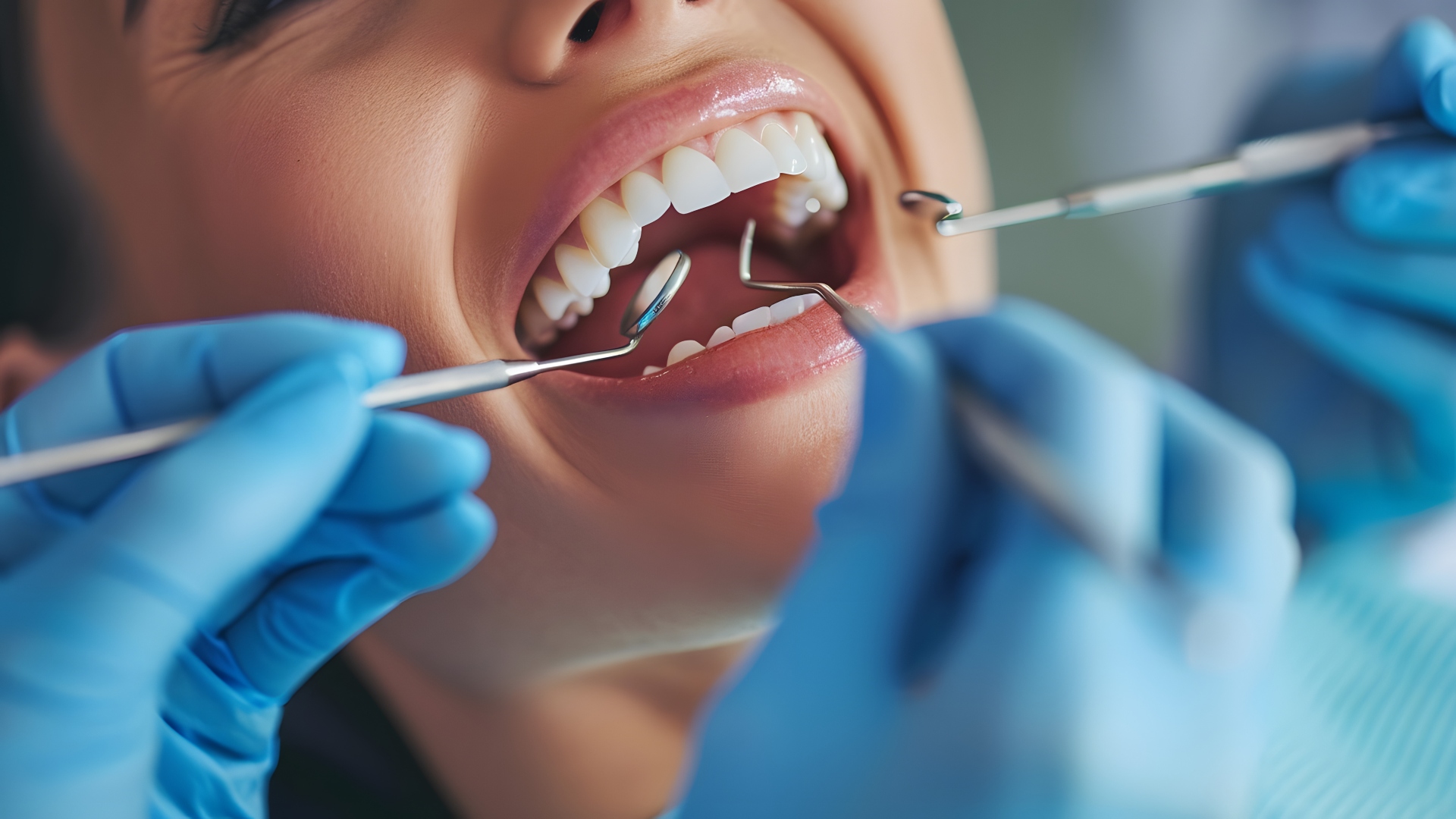Good oral health is the cornerstone of a bright, confident smile, and routine dental cleanings play a pivotal role in maintaining it.
These regular check-ups keep your teeth sparkling and prevent complex dental issues that could arise from neglect. They also help in the early detection of problems such as cavities, gum disease, and even oral cancer, making them less daunting to treat.
If you’re looking for a local dentist in Oakville and other areas, knowing what to expect can make the experience seem less daunting and more like a step towards better oral health.
Step 1: Oral Health Assessment
During this initial step, a dentist or dental hygienist employs a small, angled mirror to inspect the teeth, gums, and entire mouth meticulously. It uncovers any signs of cavities, gum disease, or other oral health issues that might not be visible to the naked eye or felt by the patient.
Through this, the dental professional can tailor the cleaning and treatment process to address your specific needs effectively. This ensures that any potential issues are identified and addressed early, setting the stage for a more targeted and effective dental care regimen.
Step 2: Plaque And Tartar Removal
One of the most critical steps in dental cleaning is the removal of plaque and tartar, a process that lays the foundation for healthier teeth and gums.
Plaque, a soft and sticky film that forms on the teeth, harbours bacteria that can lead to cavities and gum disease if not removed regularly. While daily brushing and flossing at home can manage plaque buildup, tartar—plaque that has hardened on the teeth—can only be removed with professional dental tools.
During this stage, dental professionals use a scaler to gently but thoroughly scrape away tartar from above and below the gumline, ensuring that the teeth are clean and free from harmful deposits.
Step 3: Polishing Teeth
Following the removal of plaque and tartar, the next step involves polishing the teeth. This is achieved using a high-powered electric brush and a gritty toothpaste, which together work to remove any remaining surface stains and smooth the enamel.
The polishing process enhances the aesthetics of your teeth by making them appear brighter and cleaner and plays a significant role in oral health by creating a smoother surface.
A smoother tooth surface is less likely to harbour plaque and bacteria, thereby reducing the risk of future buildup and promoting overall dental health.
Step 4: Professional Flossing
Even for those who floss regularly at home, professional flossing during a dental cleaning provides additional benefits.
Performed by a dental hygienist, this step involves flossing between and around each tooth to remove any plaque or particles that may have been missing during brushing and earlier cleaning steps.
Professional flossing also allows the hygienist to spot areas where the patient’s flossing technique may need improvement, providing an opportunity for education and guidance on better oral care practices at home.
Step 5: Rinsing
Rinsing the mouth is a refreshing step that follows plaque removal, polishing, and flossing. This process helps to wash away any residual debris, ensuring that the mouth is clean and ready for the final treatments.
The rinse used typically contains fluoride, a mineral known for its ability to strengthen tooth enamel and protect against cavities. This simple yet effective step is crucial for rinsing away any remaining particles and preparing the teeth for the fluoride treatment that follows.
Step 6: Fluoride Treatment
The final of the dental cleaning process is the fluoride treatment, a critical component for enhancing tooth health and preventing decay.
Fluoride, a natural mineral, is applied to the teeth in the form of a gel, foam, or varnish. This treatment creates a protective layer over the enamel, making it more resistant to acid attacks from plaque and sugars in the mouth, thereby reducing the risk of cavities.
Depending on the specific needs and preferences of the patient, the fluoride may be applied with a brush or placed in a tray that the patient wears for a brief period, ensuring thorough coverage and maximum benefit.
Step 7: Review And Dental Care Recommendations
At the conclusion of the cleaning process, the dentist or hygienist will sit down with the patient to review the findings from the oral health assessment and the cleaning itself. This discussion is an opportunity to address any concerns, answer questions, and provide personalized recommendations for at-home dental care.
The dental professional may suggest specific brushing or flossing techniques, recommend products like toothpaste or mouthwash, and advise on any changes to the patient’s oral hygiene routine.
Conclusion
Routine dental cleanings are a fundamental component of oral health care, designed to keep your teeth and gums healthy and your smile bright. From the initial oral health assessment to the final fluoride treatment, each step of the process contributes to preventing dental issues and maintaining overall wellness.
Making dental appointments a part of your routine allows for the early detection and effective treatment of any issues that arise, thus avoiding unnecessary discomfort, time loss, and financial expenditure.
Whether it’s your first cleaning in a while or you’re on schedule, understanding what to expect can help demystify the process and make your next visit to the dentist a positive experience.




















